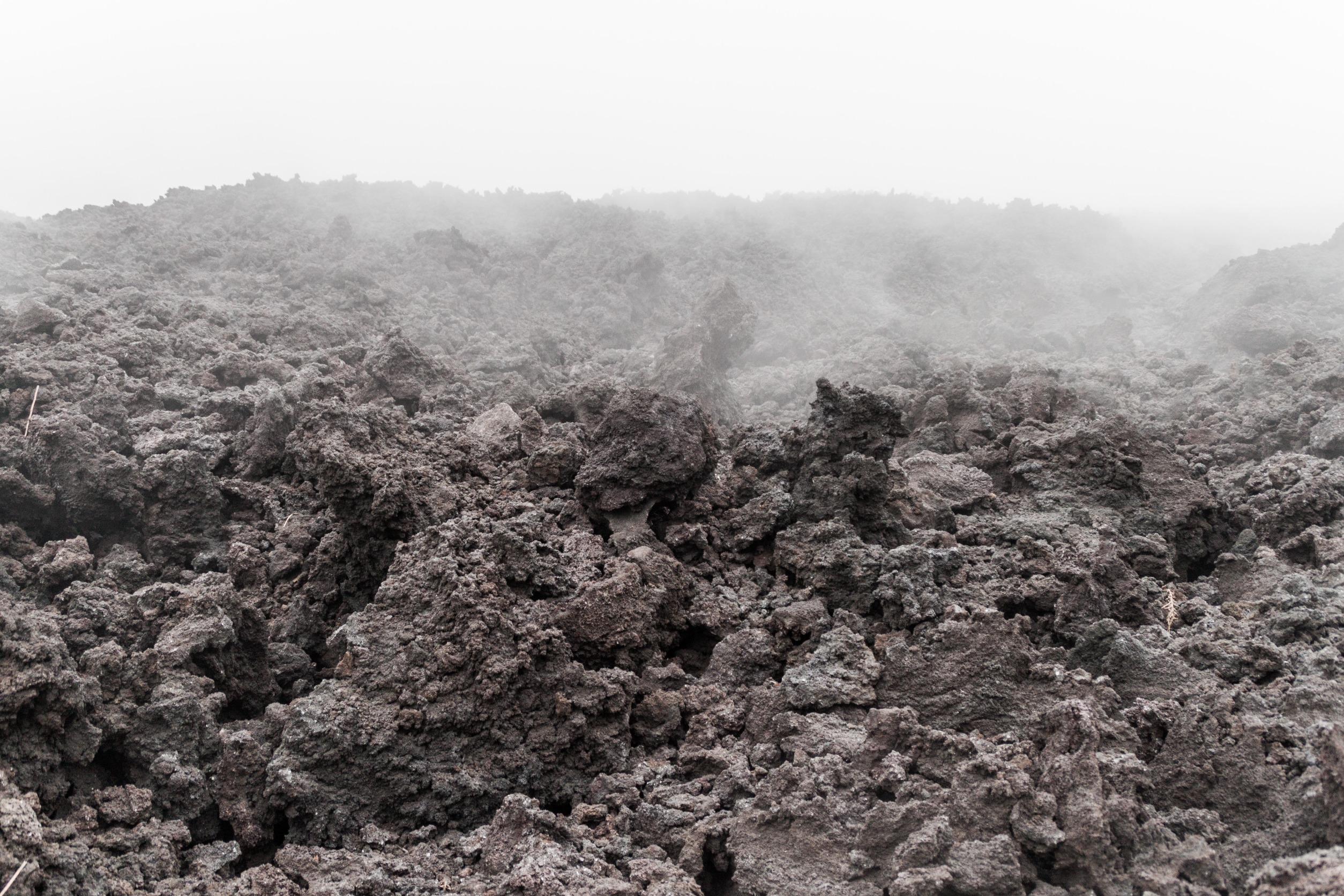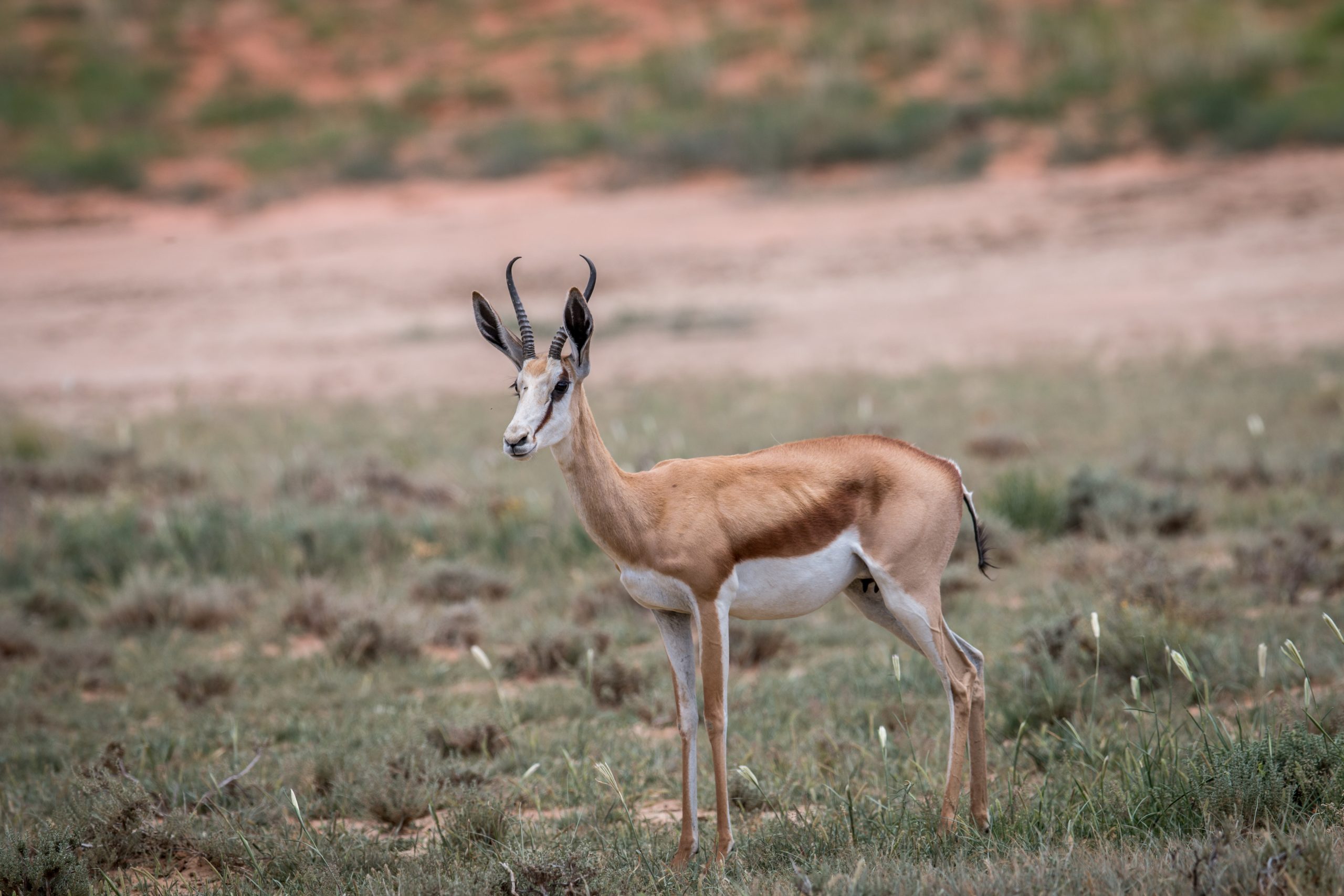
Diane Daniel | July/August Issue 2012
When University of Utah biology professors learned that the owner of Entrada Ranch, 380 remote acres in red-rock country, was looking to sell the land to someone who would conserve it, they scrambled to find a way to establish a field research station there. Two years later, in 2007, what’s now called the Rio Mesa Center was inaugurated as a facility for a broad range of subjects, including the natural, physical and social sciences, humanities and arts and sustainable resource management. This year another phase of the project is being realized: opportunities for the public to experience the magic of the otherworldly destination.
“That’s one of the many exciting things there: the potential for getting the researchers together with the public,” says manager and research assistant professor Zach Lundeen. “It’s so much easier to get people interested in research when you’re in an environment where you can tell them and show them.” Events being considered include stargazing sessions, workshops on landscape ecology that include writing and drawing, a look at sensitive species, such as bats, and an examination of invasive species and land restoration.
Another reason to visit the rustic center, 40 miles north of Moab, is the stunning drive there. On the bumpy, twisting eight-mile road, visitors pass the famed 142-mile Kokopelli Trail and huge slabs of stacked sedimentary rock resembling oversized submarines. Some 2,000 acres of BLM land stretched across three box canyons surround Rio Mesa, which sits along almost three miles of the Dolores River.
Last spring, University of Utah students visiting from Salt Lake City helped build six canvas-covered tent platforms and an off-the-grid solar-heated bathhouse on the eastern part of the property. Further plans include a covered pavilion, a field house with a large kitchen and laboratory space. Students and on-site manager Hau Truong have also created a native-plant garden and blazed hiking trails in some areas, including one path that leads to what was likely an icehouse from the late 1800s.
“Although the area looks pristine, it’s actually been heavily disturbed over the years from agriculture and ranching,” Lundeen says. “We also have evidence of human occupation before that for thousands of years.” And now Rio Mesa offers yet another use: educating students and the public while allowing them to appreciate the splendor and solitude of this enchanted land.
Stargazing on the mesa
More of Today's Solutions
Migration of 6 million antelope in South Sudan is the largest land mammal mov...
BY THE OPTIMIST DAILY EDITORIAL STAFF A thorough aerial study in South Sudan revealed a startling migration of six million antelope, establishing it as ...
Read MoreVolcanic ash may be a game changer in sustainable solar energy storage solutions
When calamity hits and volcanic ash blankets the land, it is commonly perceived negatively, for many obvious reasons. However, novel research from the University of ...
Read MoreWind and solar energy production in US surpasses coal for the first time in h...
BY THE OPTIMIST DAILY EDITORIAL TEAM According to the United States Energy Information Administration (EIA), wind and solar energy generated more electricity than coal ...
Read MoreThe Dominican Republic reforests a fifth of the country in just 10 years
In the heart of the Dominican Republic, the dramatic story of land reclamation unfolds. Carlos Rodríguez, a diligent farmer, thinks about the once barren ...
Read More










